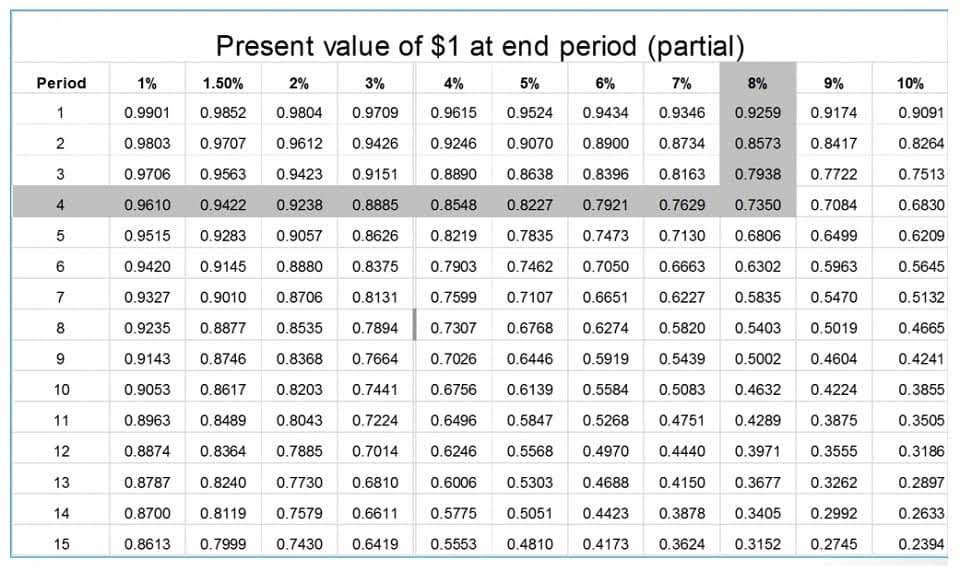
Selling a business is a significant event that requires meticulous accounting to ensure accurate financial reporting. Properly recording the sale involves several complex journal entries, each with its own set of implications for both the seller and the buyer. Like in a cash sales journal entry, you likely also will deal with sales tax.

How to Make a Sales Journal Entry in Your Books

It also is not necessary to write an explanation of the transaction because only credit sales are recorded.Finally, the amount of time needed to post entries is reduced. Although each transaction must be posted to the subsidiary Accounts Receivable ledger, only the totals for the month have to be posted to the General Ledger accounts. When a business is sold, the transaction must be meticulously documented through a series of journal entries that capture the financial essence of the sale. The first step involves identifying gross vs net and valuing all assets and liabilities being transferred.
- As the business maintains control accounts in the general ledger, the accounts receivable ledger itself is not part of the double entry bookkeeping, it is simply a record of the amounts owed to each customer.
- This put a bid under US futures and global indices while the USD index and Treasury yields pulled back.
- This team of experts helps Finance Strategists maintain the highest level of accuracy and professionalism possible.
- When a piece of merchandise or inventory is sold on credit, two business transactions need to be record.
- These two journal entries are generally booked simultaneously, as one action (selling an item to a customer) drives the need to book both of them.
Recording Intangible Assets in Sales
- By implementing this essential tool, you can streamline your accounting process and maintain accurate financial records for better decision-making.
- There’s a 5% sales tax rate, meaning you receive $25 in sales tax ($500 X 0.05).
- Double Entry Bookkeeping is here to provide you with free online information to help you learn and understand bookkeeping and introductory accounting.
- The first step is to determine if the entity is selling goods or services.
11 Financial’s website is limited to the dissemination of general information pertaining to its advisory services, together with access to additional investment-related information, publications, and links. Finance Strategists has an advertising relationship with some of the companies included on this website. We may earn a commission when you click on a link or make a purchase through the links on our site.

Company
- Goodwill is not amortized but is subject to annual impairment tests.
- Since the sales journal is used exclusively to record credit sales, the last column (i.e., the amount column) represents both a debit to accounts receivable and a credit to sales.
- To create a sales journal entry, you must debit and credit the appropriate accounts.
- If a general journal is used to record credit sales, each transaction must be posted to both the subsidiary and the general ledger accounts.
- Proper integration of your sales journal with the general ledger streamlines the month-end closing process.
- Each transaction must maintain this double-entry format for accurate bookkeeping.
This entry records the amount of money the customer owes the company as well as the revenue from the sale. It does more than record the total money a business receives from the transaction. Sales journal sales journal entries should also reflect changes to accounts such as Cost of Goods Sold, Inventory, and Sales Tax Payable accounts. A column for the transaction date, account name or customer name, invoice number, posting check box, accounts receivable amount, and cost of goods sold amount.

What is the approximate value of your cash savings and other investments?

Postings to the subsidiary ledger should be made daily to ensure that management has up-to-date knowledge about how much each customer owes. Generally, gains and losses are recognized at the point of sale, which is when the control of the asset transfers to the buyer. However, in some cases, the sale agreement may include conditions that delay the recognition of gains or losses until certain criteria are met. For example, if the sale includes an earnout provision, the final gain or loss may not be fully recognized until the earnout period concludes and the contingent payments are made. After the customer pays, you can reverse the original entry by crediting your Accounts Receivable account and debiting your Cash account for the amount of the payment. Bookkeeping for Chiropractors You can also contact us if you wish to submit your writing, cartoons, jokes, etc. and we will consider posting them to share with the world!

